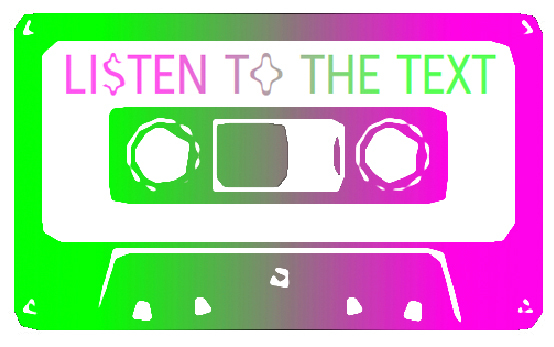
Method of booklet-making
This page was made by me, Åke Sjöberg, using a method I often use in my own practice as an artist working with Inquiry based practice. It is a method I first developed for my booklet-making practice and have now developed further using digital tools. I just described the method to a friend, and I said it is as if I am going to write an essay about something. And the first thing I do is look for material. This time I wanted to learn more about feelings and emotions. But it can be used to research any thing.
(1) Introduction
001
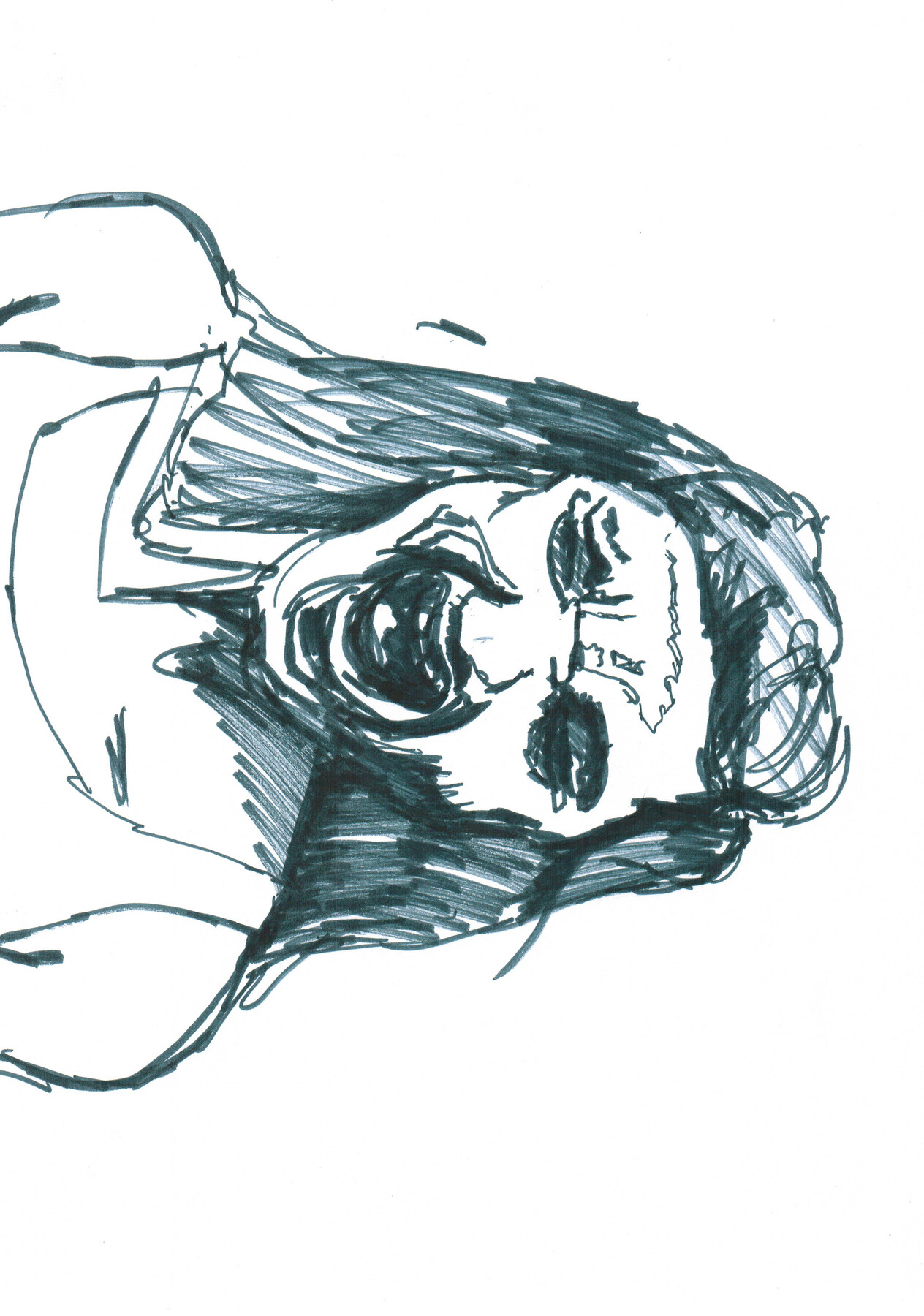
Emotions make up a great deal of what it means to be a person, at least for me, but in today's academic higher art school classrooms I have seen less and less attention being given to the emotions of the art students. In my education focus was put on “the concept”, “the project” and later “the inquiry”, and not so much on how to be an artist mentally and emotionally. In my Masters thesis I wrote about what it means to be a “mad male artist in 2020”, discussing the changed way in which we (as the art world) view male artists with mental health problems (reclaiming “mad”). ---2019 my classmate started crying because the teacher was criticising the “work” that she had presented. I was also “roasted” (but actually it was my work that was being scrutinized) in 2019 by my two teachers and a guest teaching artist, it was as if they were competing to see who could the most “problematic” things with the work I presented. I see now when writing this that I confuse having my work criticised with me being criticised. Maybe a set of communication tools such as “I-messages” could be a good thing for teachers to use when criticizing students work, in order to avoid hurting feelings but still having critical discussions about the work students present?
(2) Exercise
How you can use the method used in making this page.
- Decide what you want to research (about two words)
- Search for texts about it. I use Z-lib.org a lot. It's good for academic books and articles. enter your search words in zlib.
- Look through the books that come up and see if it looks interesting, you can download five books a day without an account.
- Download your books. Open them and enter your search word in pdf reader, I use Adobe Reader. Magnifying glass with three dots.
- Everytime an interesting sentence comes up, screen print it
PrtScon PC. Do this through the entire book. - Read through your screenprints and delete the uninteresting ones, crop the interesting ones in Photoshop and put them somewhere such as this publication platform or a personal blog, or print them and make a booklet.
- Drawings.
- Enter your search words in a search engine that search for images.
- Download about 50 of good images.
- Print them.
- Set a timer for 5 minutes, and make a quick drawing of the first printed image. When the timer beeps quickly hide the drawing and start a new one. Do this until you have no more images.
- Scan your drawings.
- Pick out the five best drawings from your 50 and put them on the same place as the cut out text.
- Collages
- Enter your search words in a search engine that search for creative commons images. I use Unsplash, Pexels and publicdomainpictures.
- Download about 50 of good images.
- Print them.
- Take out scissors, scotch-tape and create new combinations of image fragments. Make as many collages as you can.
- Scan your collages.
- Pick out the collages you like and put them on the same place as the cut out texts and the drawings.
- If you haven't already, it's time to rest.
- Save your crazy compilation of cut-up texts, drawings and collages to a PDF.
- OCR your PDF (search "ocr pdf" for online tools). (You might have to turn the PDF into JPGs, and then back into a PDF to make the written text and the image text equal to the OCR-software.)
- Use voice synthesis to read your OCR-PDF to an mp3 file, (search "pdf to mp3")
- Change the pitch of the voice in the mp3 file, (download "Audacity" or search "pitch mp3")
- Put your pitched voice mp3 at the top of your crazy compilation page.
- Now it's time to really consume your compilation, (the first part of reflecting). Listen to it and at the same time take notes and doodle on paper. Try to summarize what you hear of the text, and do short visualisations in drawing form.
- Scan your notes (you could also take smartphone photos).
- Pick out interesting visuals, and good text bits, put them on the platform.
- Rewrite your paper note on the platform and expand on them.
- Ask someone to look at the text-collage-compilation you have done, ask for feedback, discuss it.
note: You can also use "cut and paste" using Ctrl+C on your PC, I have done it a bit in this text but I like the visual way of using PrtSc+Win better, even though it takes more time. You can also print every part and make scrapbook-like or fanzine-like booklets of your research using scissors, glue stick and tape.
(3) Text cut outs and drawings
Megan Boler's Feeling Power & Sara Ahmed's The Cultural Politics of Emotion
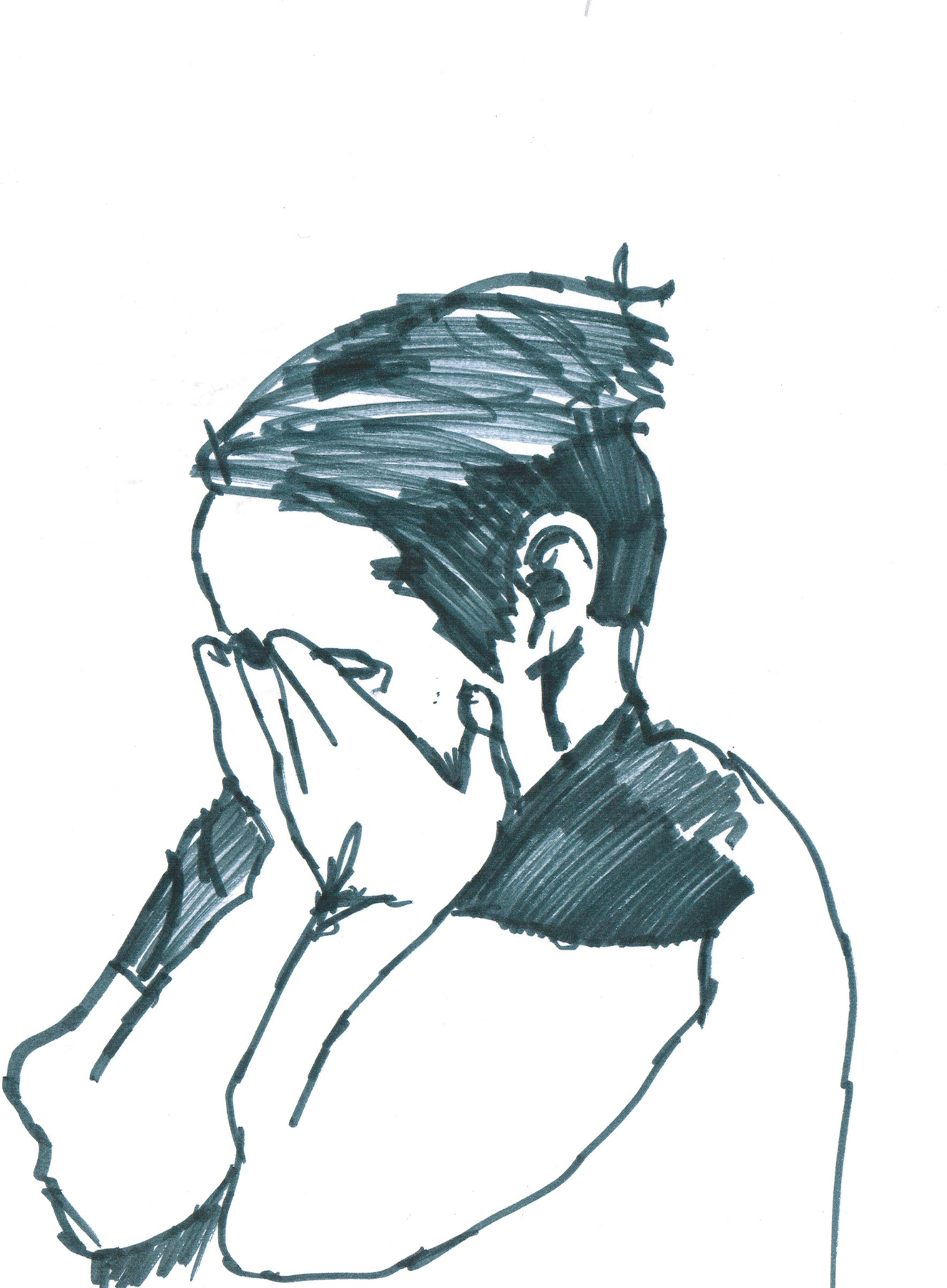
002

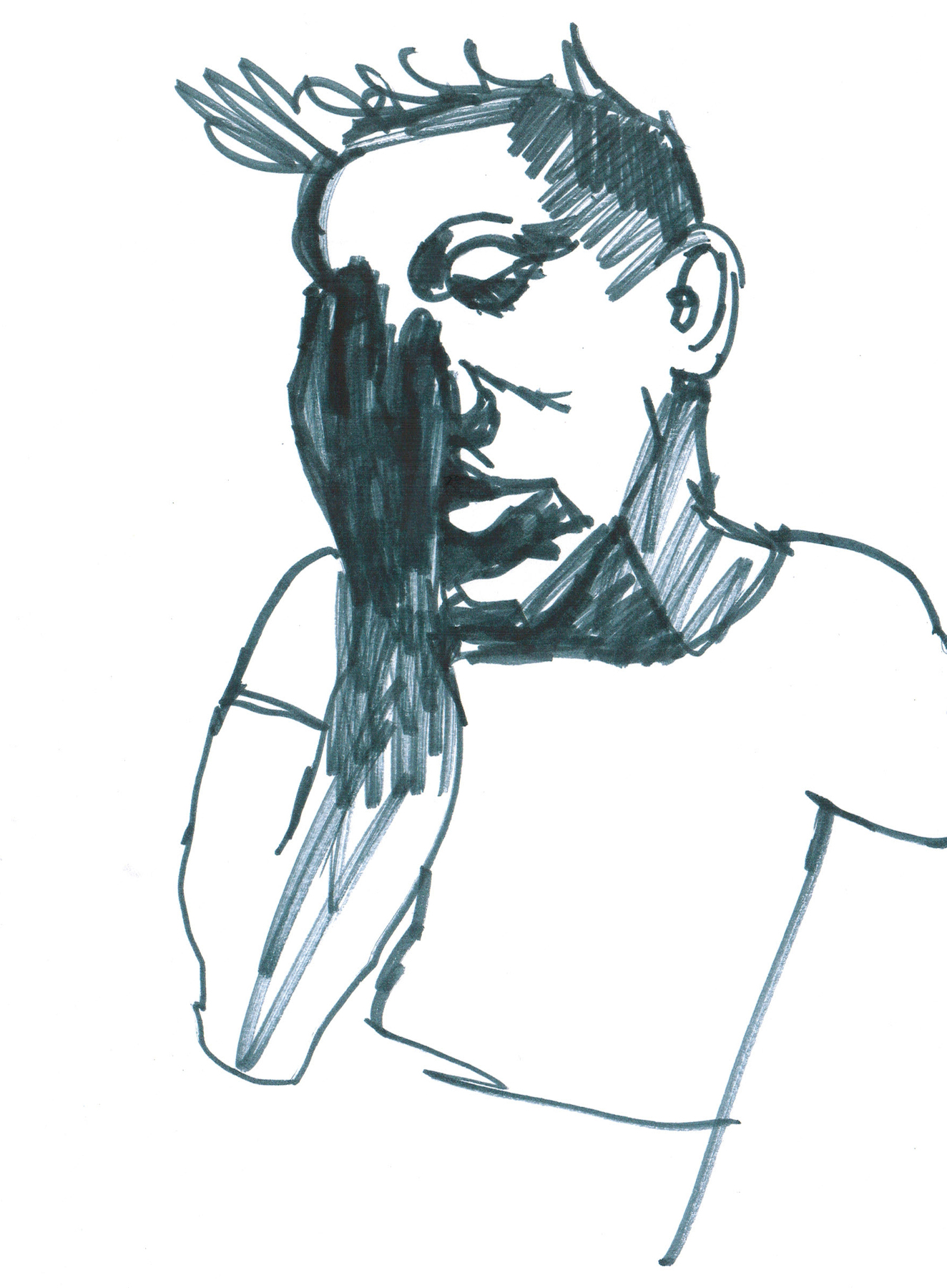
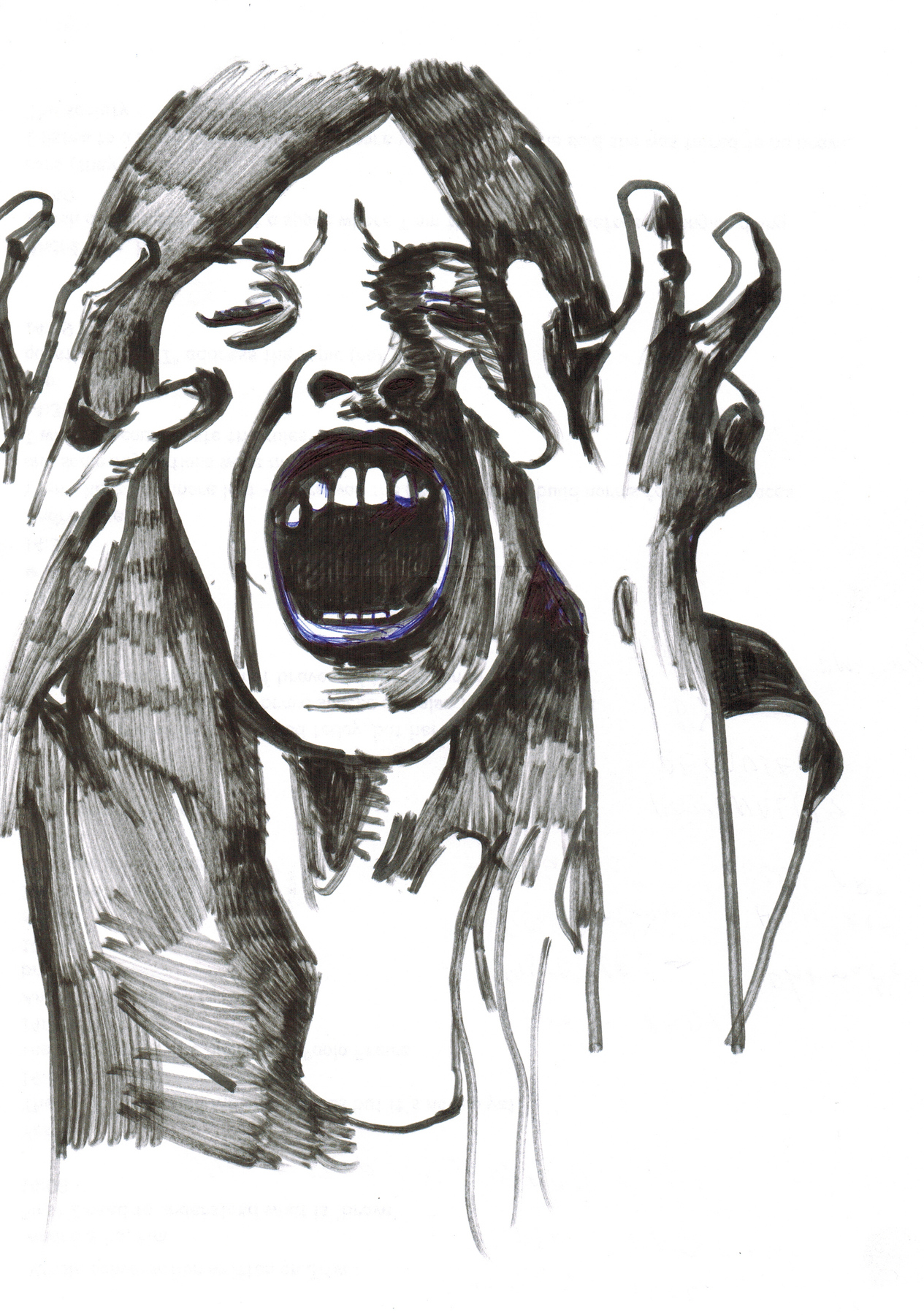
003
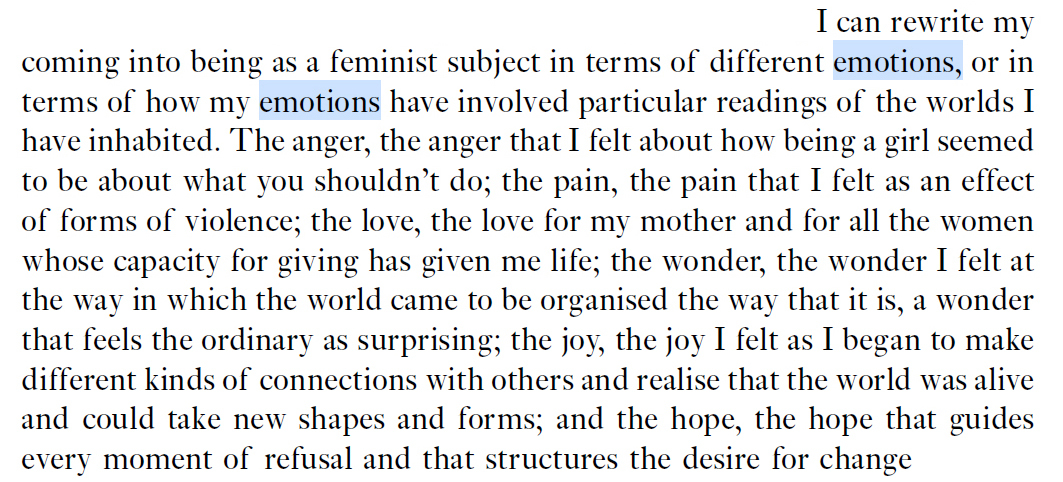
004

005
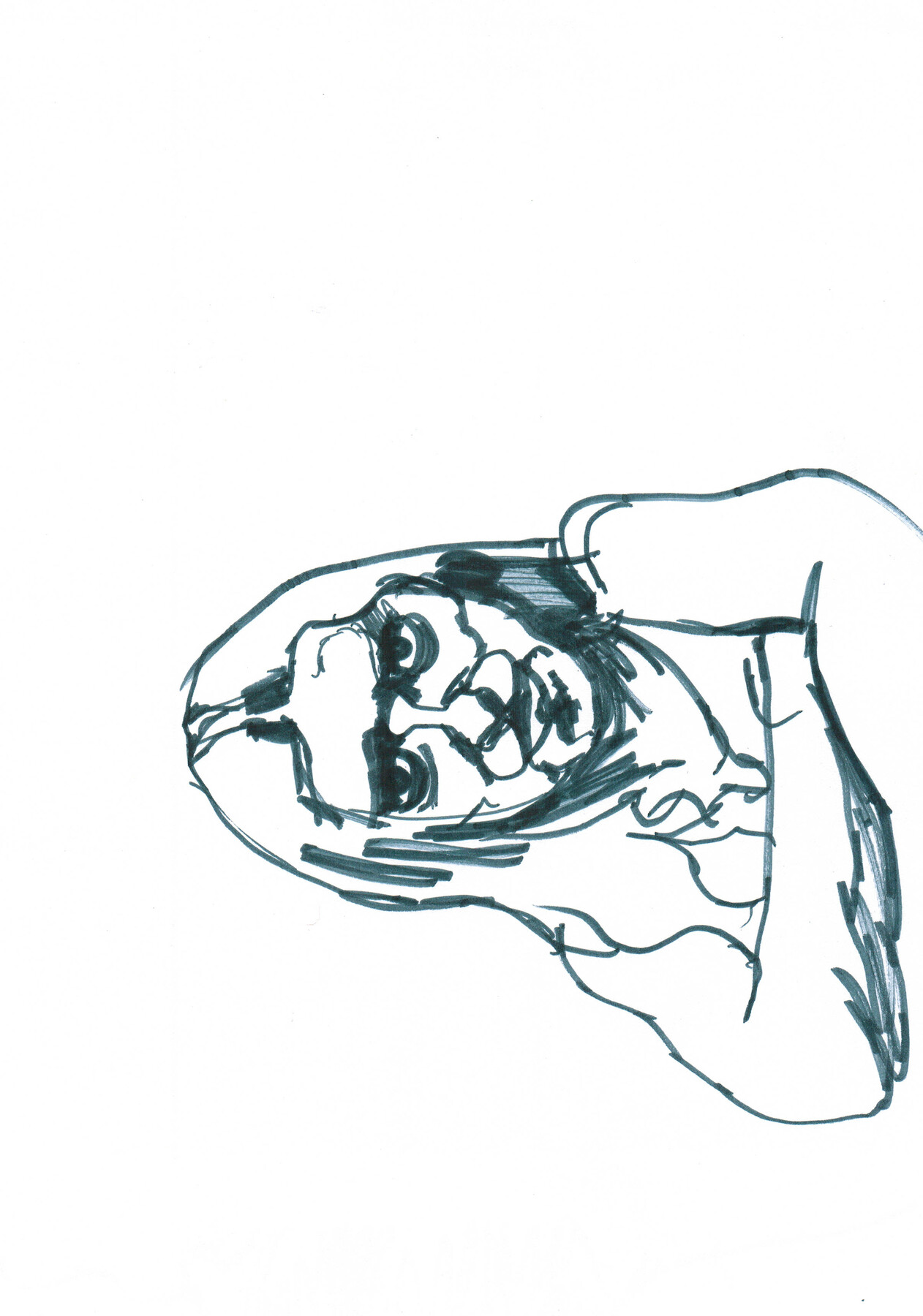
006

007
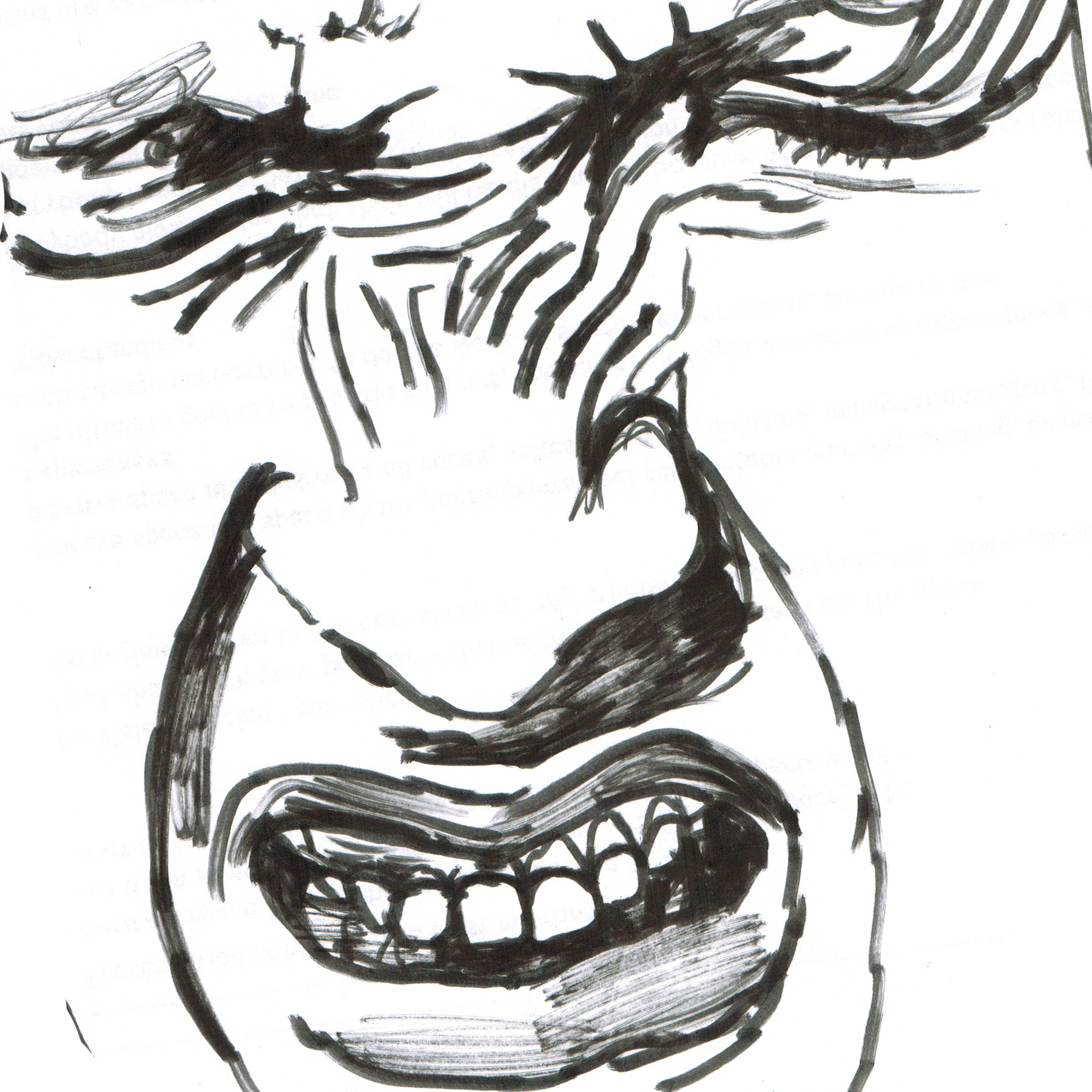
008
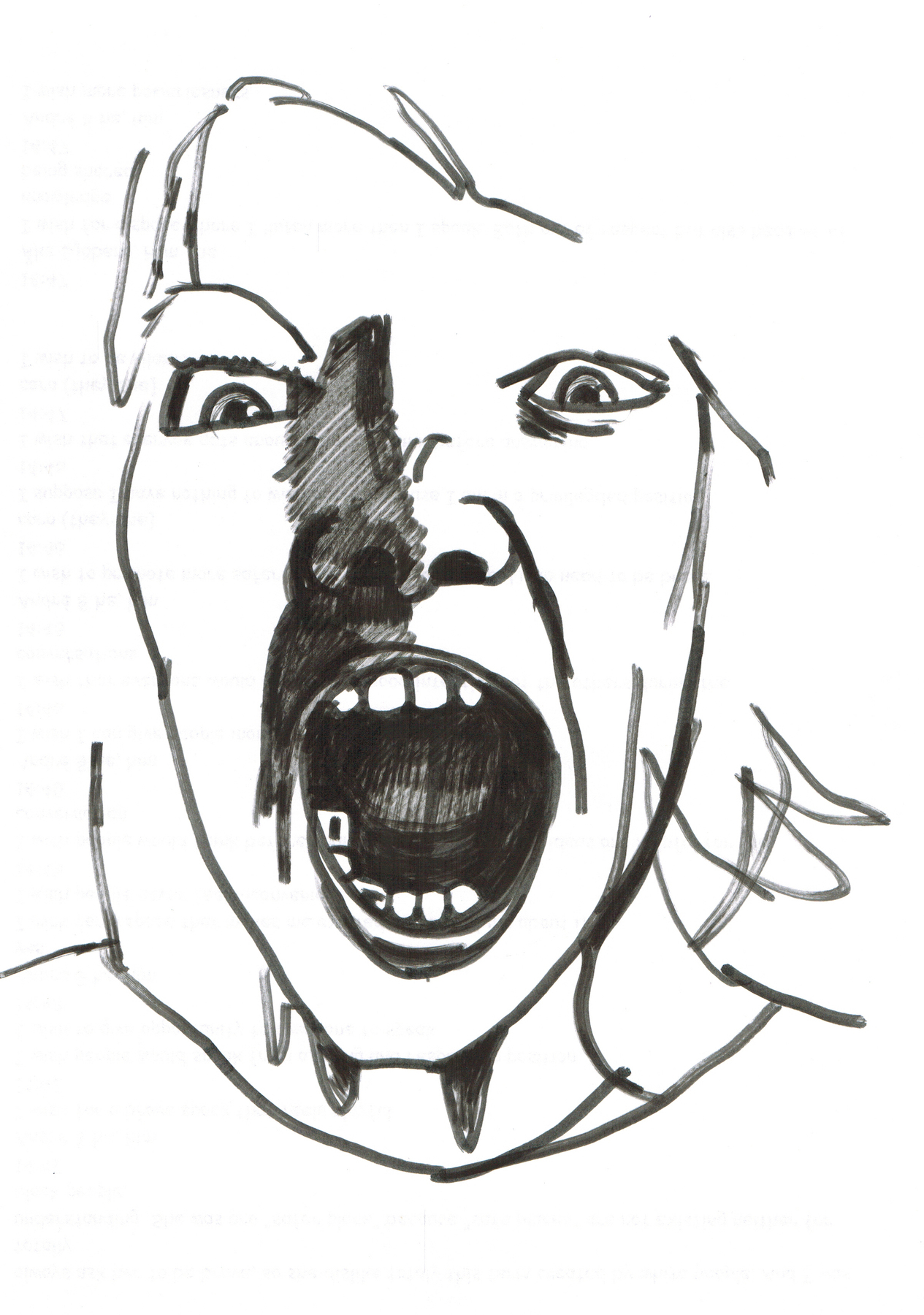
009
Feminist anger involves a reading of the world, a reading of how, for example, gender hierarchy is implicated in other forms of power relations, including race, class and sexuality, or how gender norms regulate bodies and spaces.
010
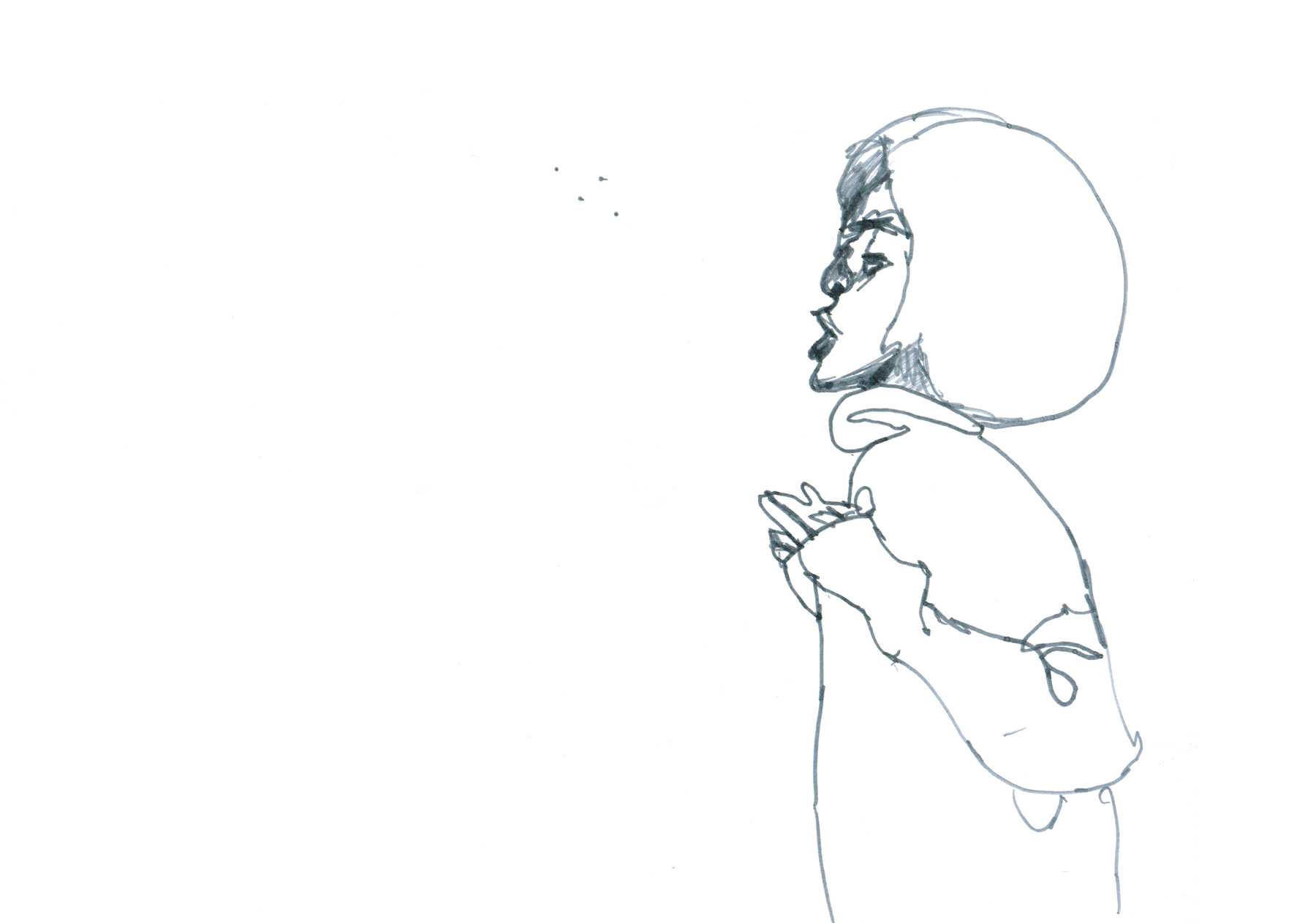
011
Indeed, historically, the reading of feminism as a form of anger allows the dismissal of feminist claims, even when the anger is a reasonable response to social injustice (Spelman 1989; Campbell 1994). Rather than responding by claiming that feminism is not motivated by anger (which would accept the problematic distinction between anger and reason), we can think instead about anger as a speech act, which is addressed to somebody.
012
We must persist in explaining why our anger is reasonable, even in the face of others who use this anger as evidence of poor reason.
013

014
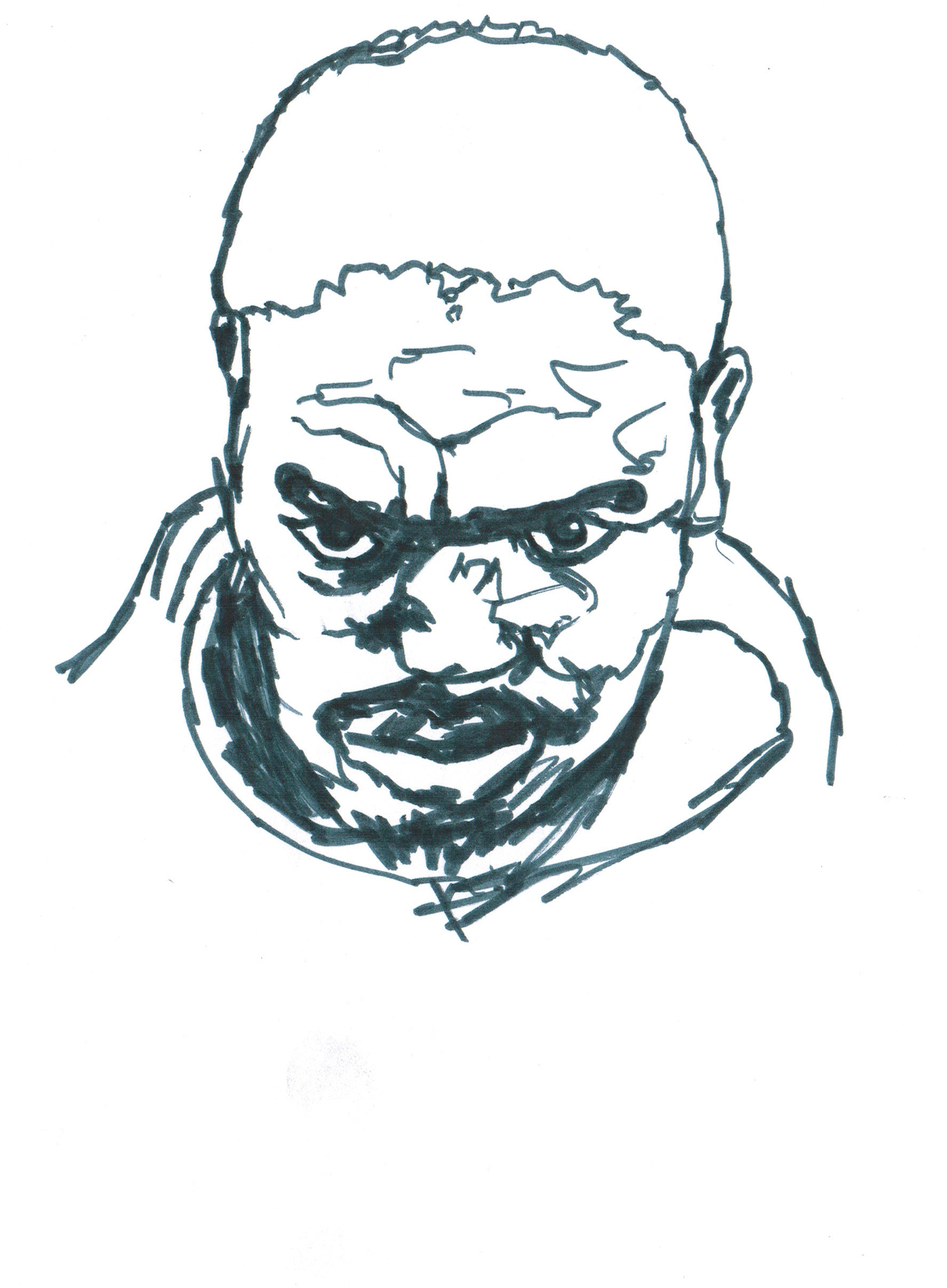
015
Audre Lorde has shown how white feminists refuse to hear her anger by returning this anger in the form of defensiveness ... Learning to hear the anger of others, without blocking the anger through a defence of one’s own position is crucial.
015

016
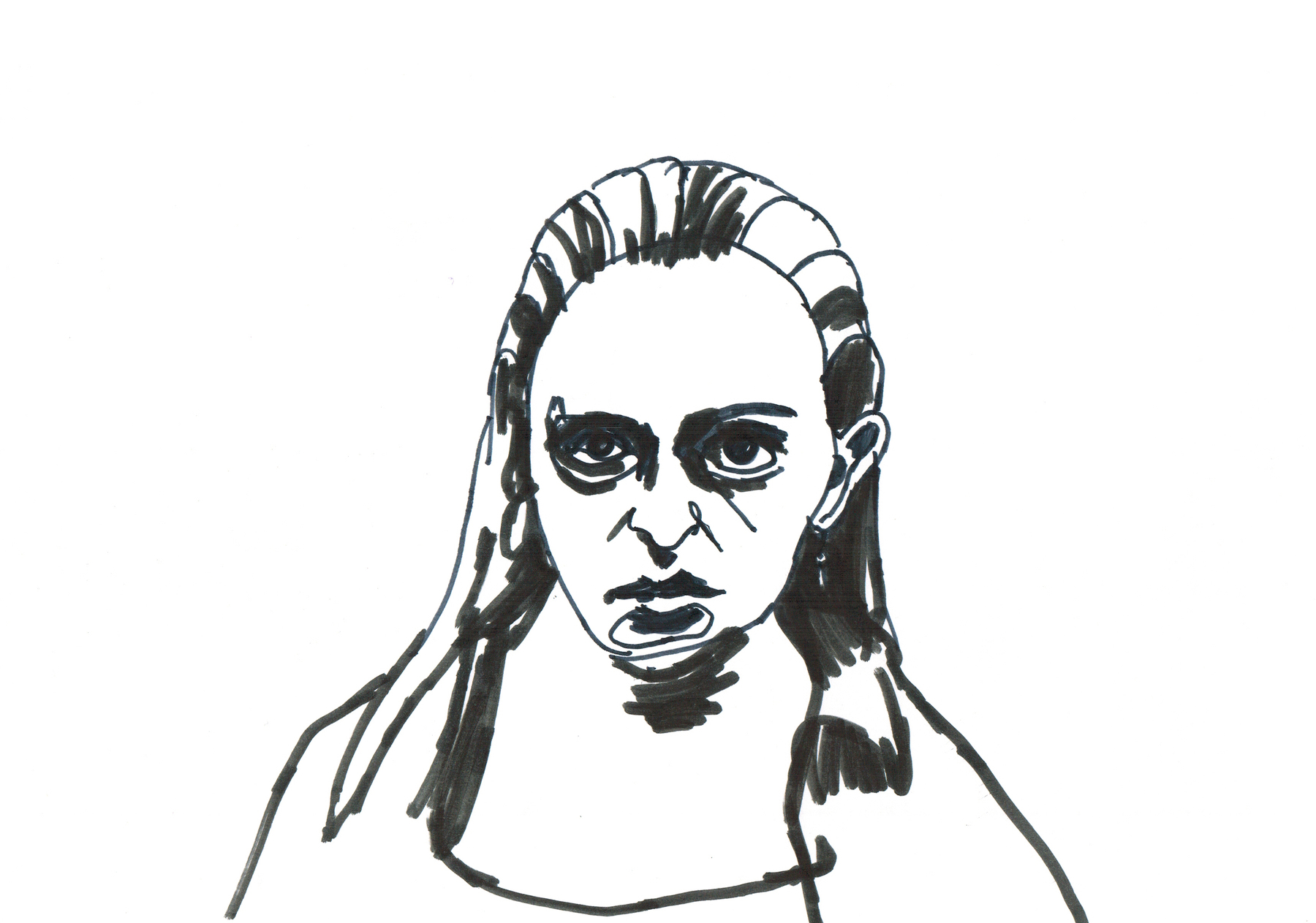
017
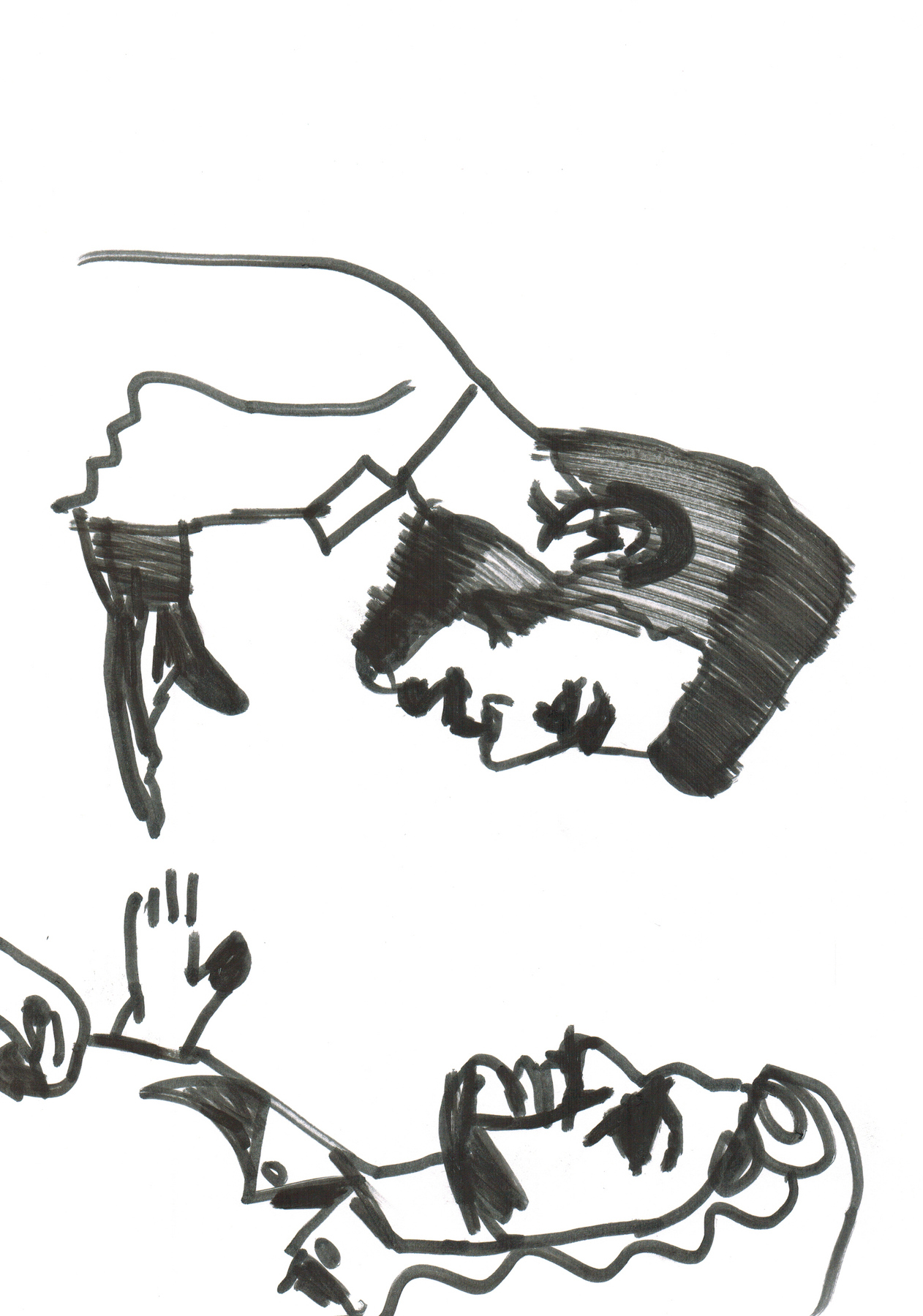
018
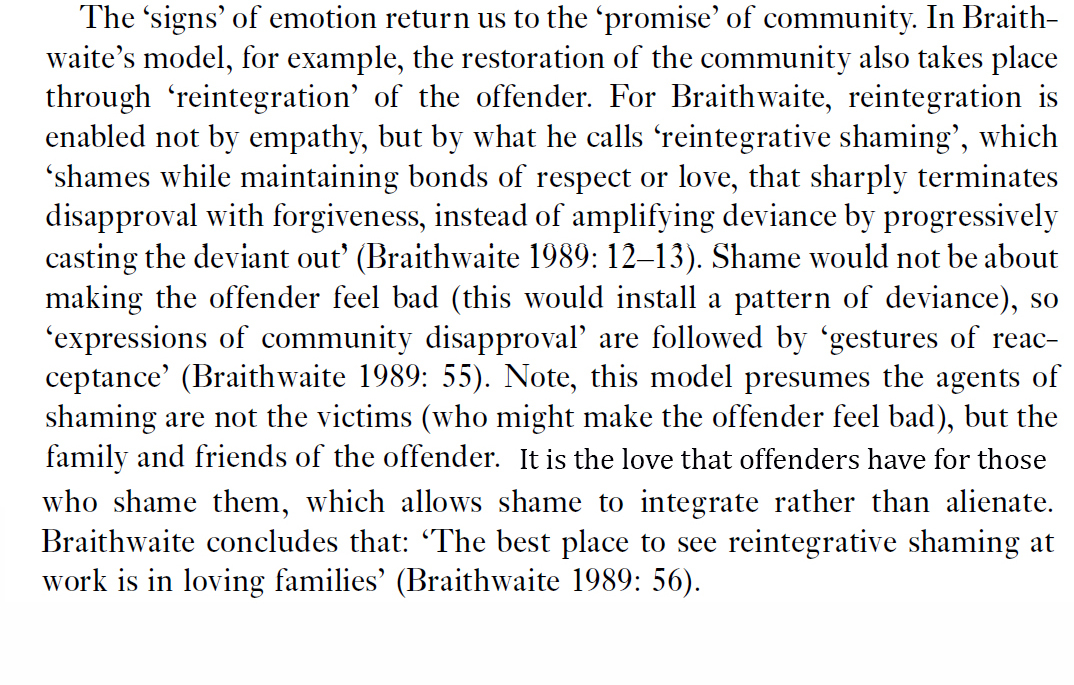
019

anger without hope can lead to despair or a sense of tiredness produced by the ‘inevitability’ of the repetition of that which one is against.
020

021

022

023
It is through wonder that pain and anger come to life, as wonder allows us to realise that what hurts, and what causes pain, and what we feel is wrong, is not necessary, and can be unmade as well as made. Wonder energises the hope of transformation, and the will for politics.
024

025
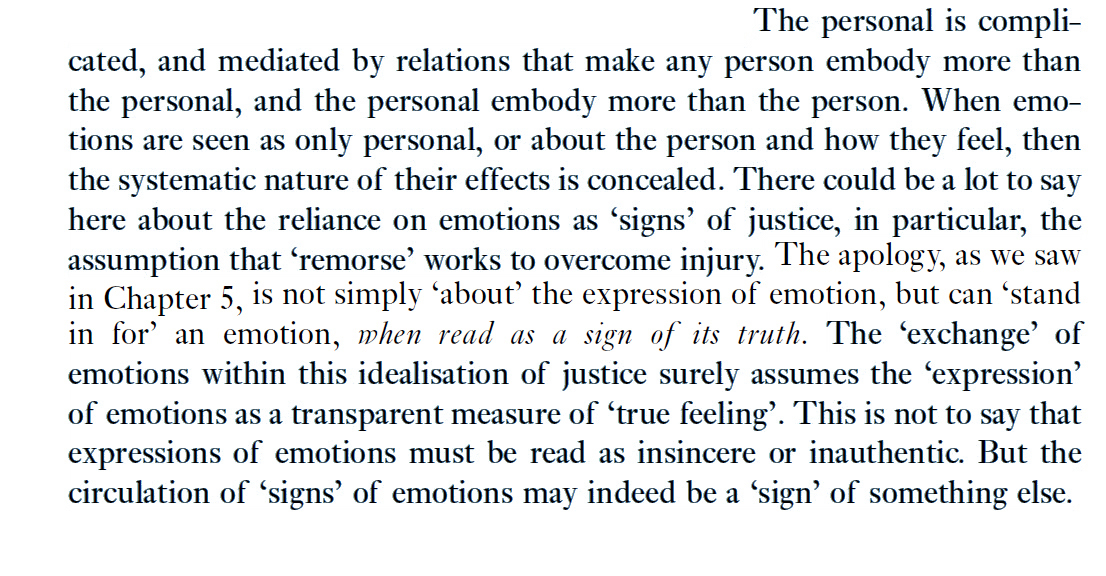
026
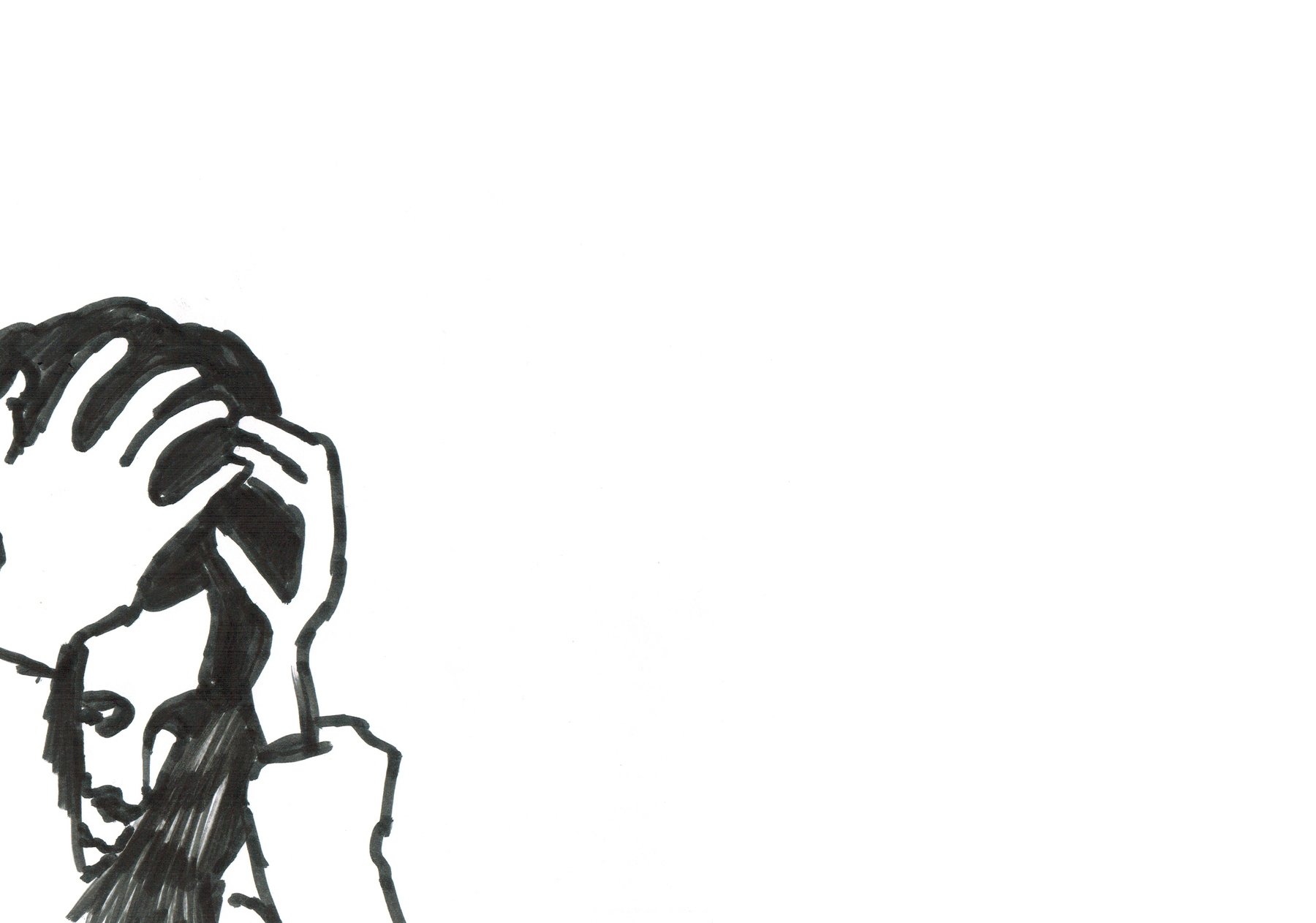
027
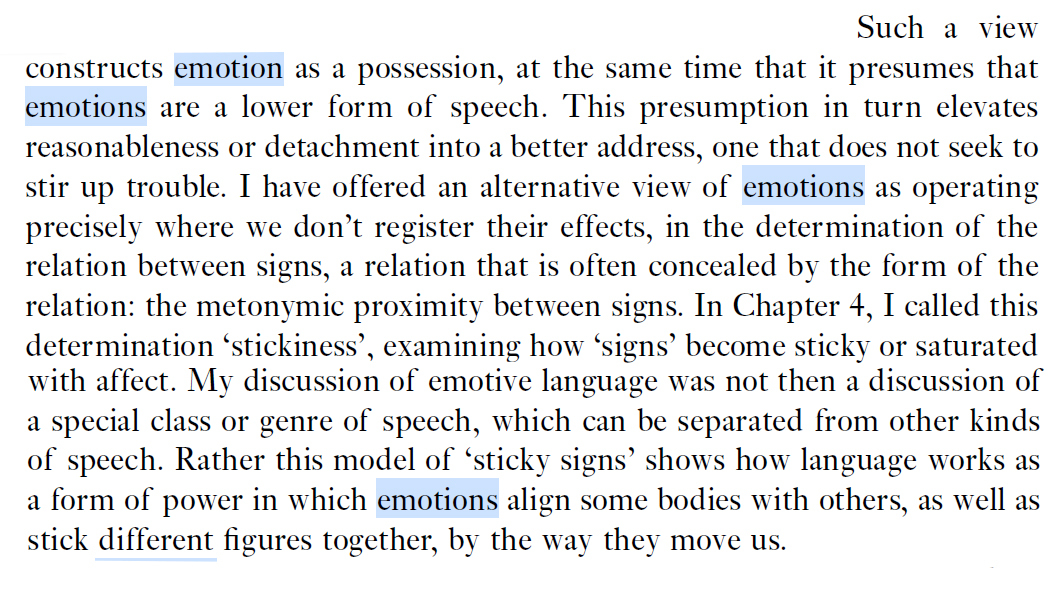
028

029

030

031
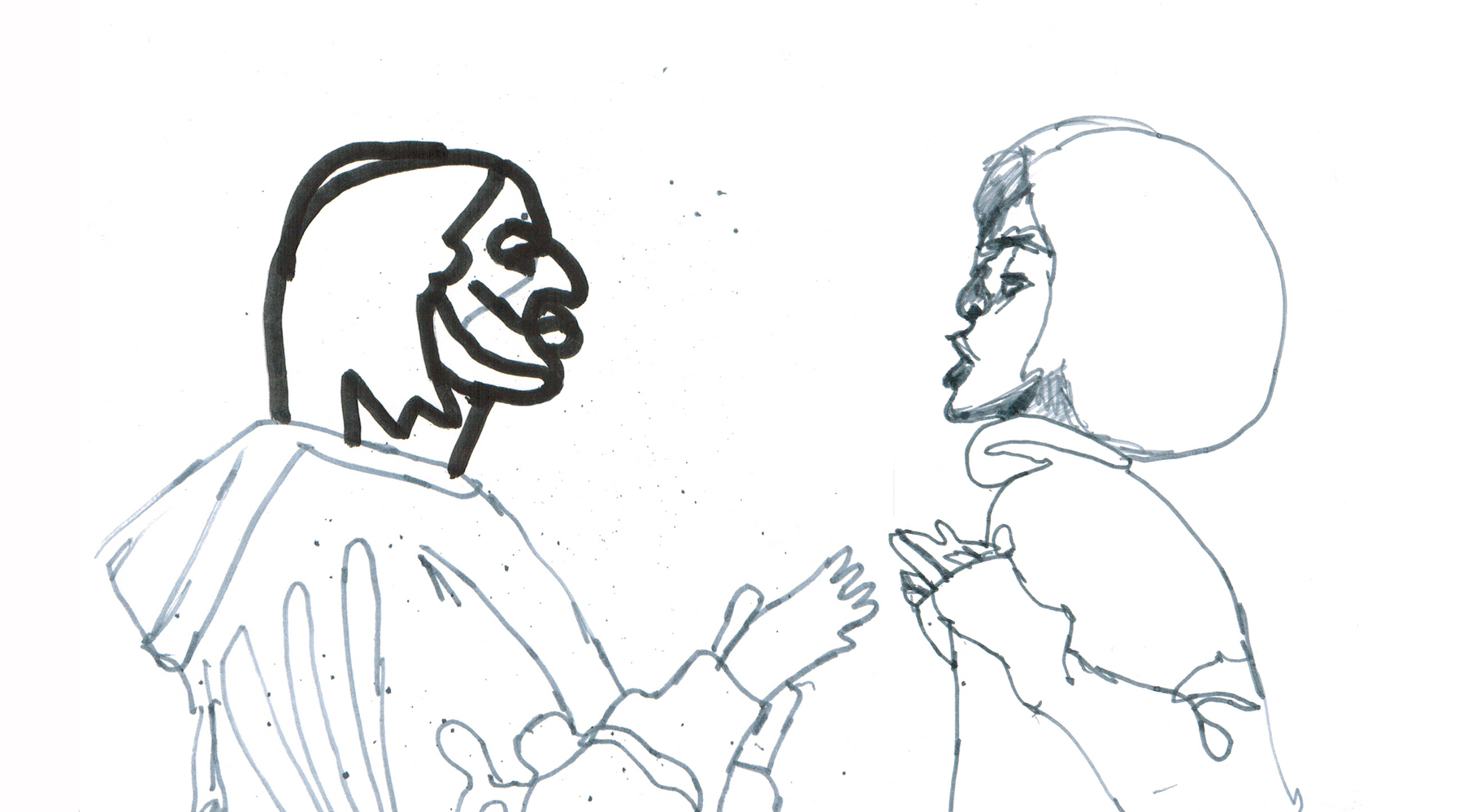

032
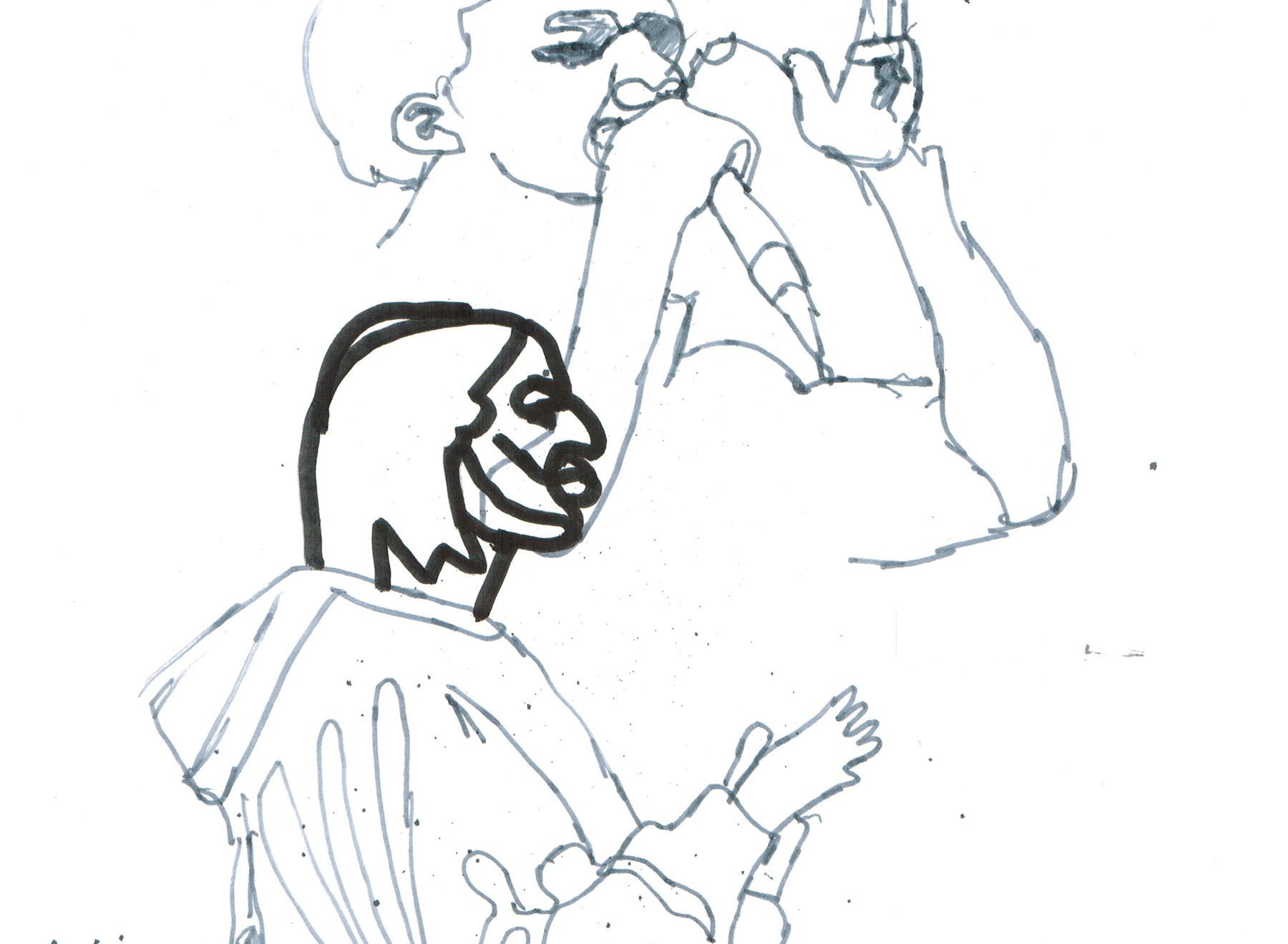

033
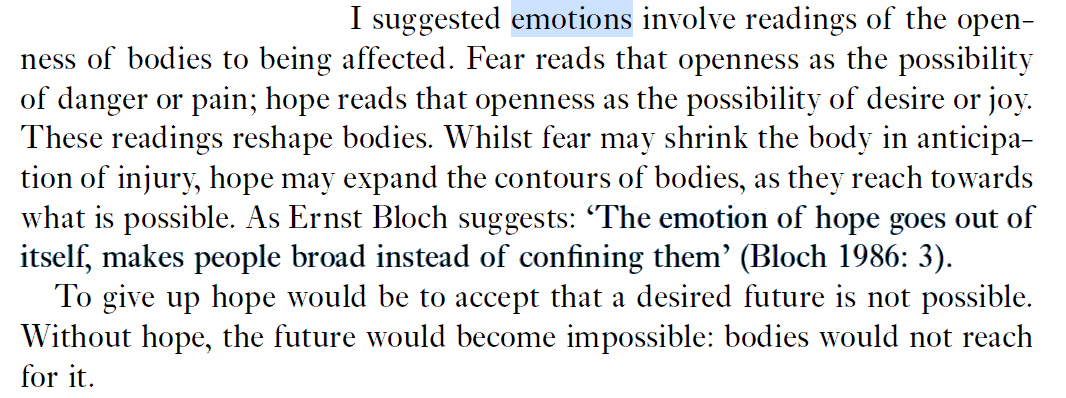
034
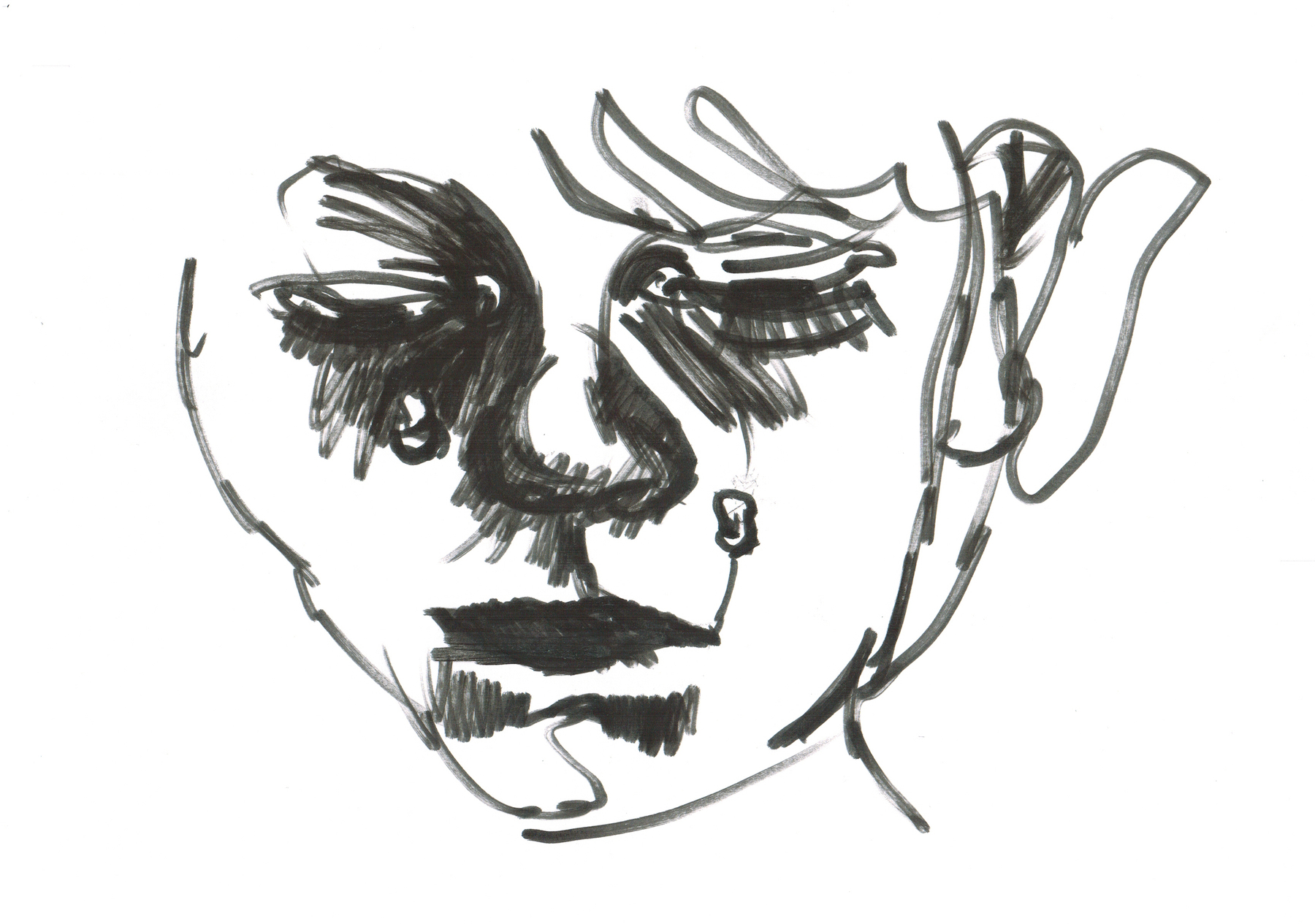
035
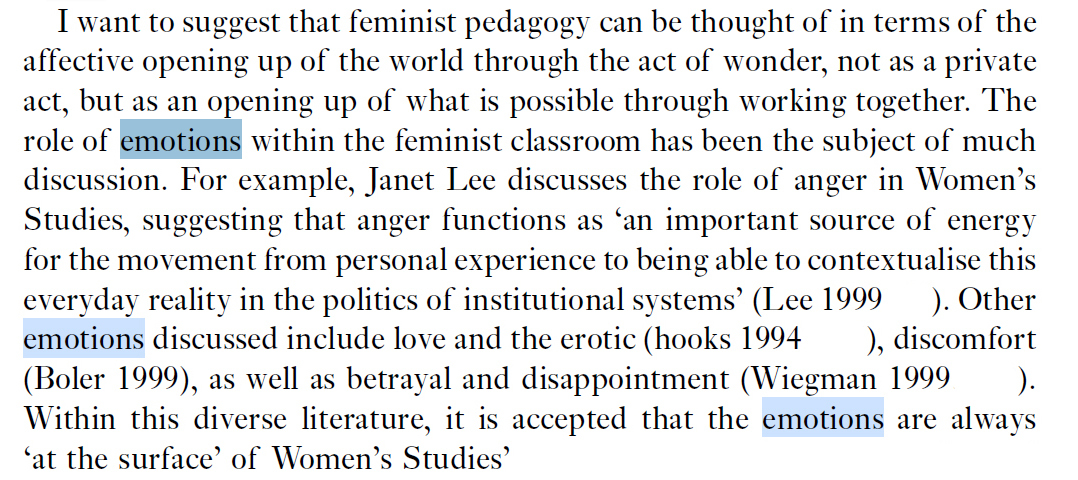
036
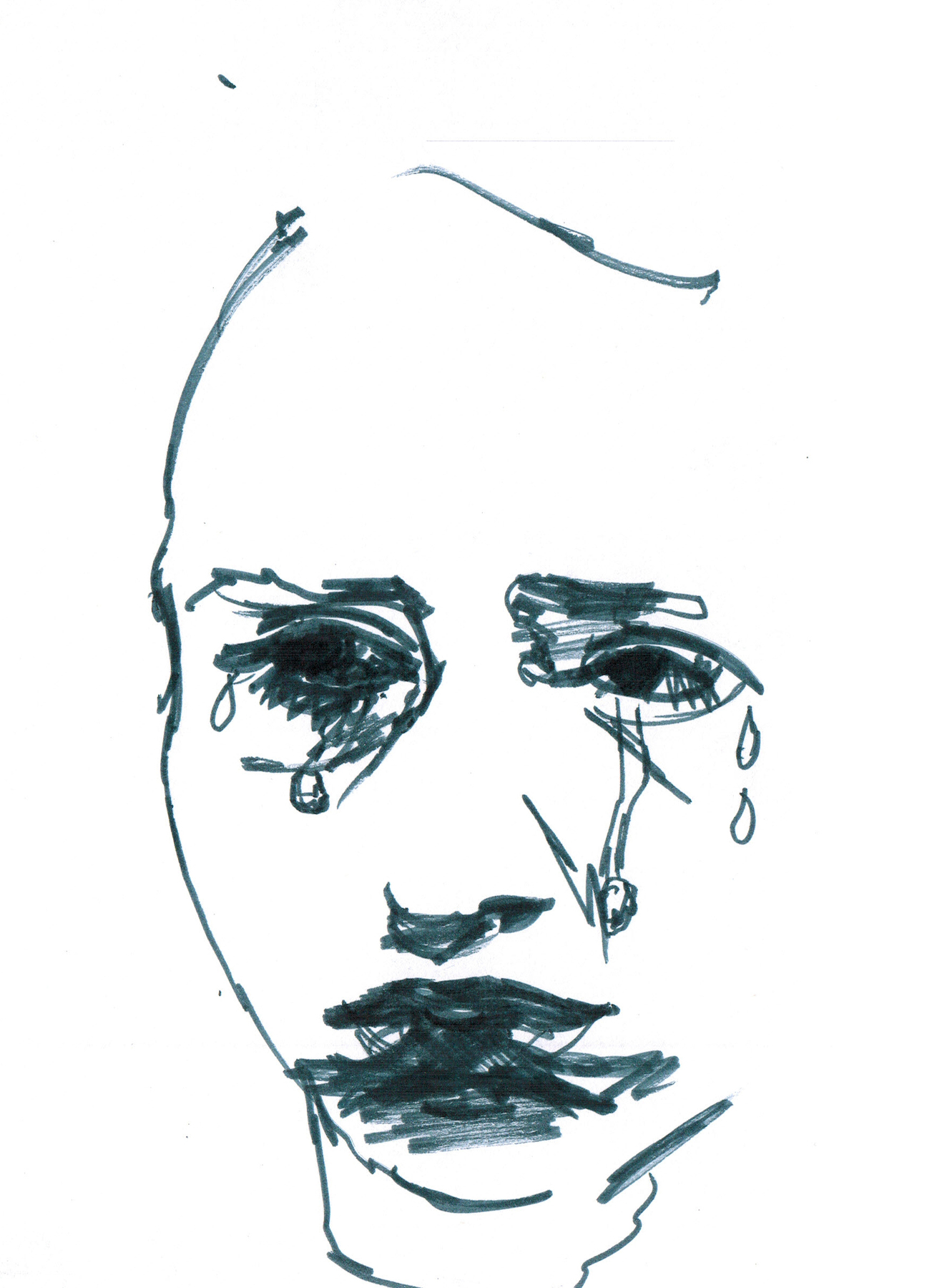
037
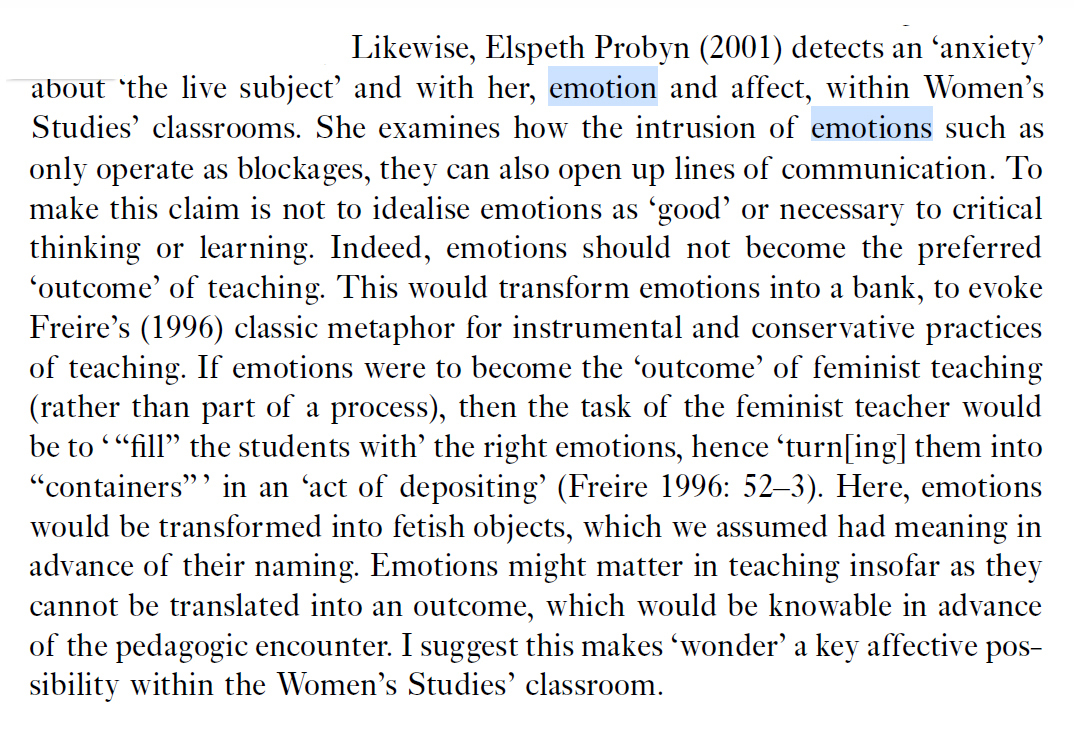
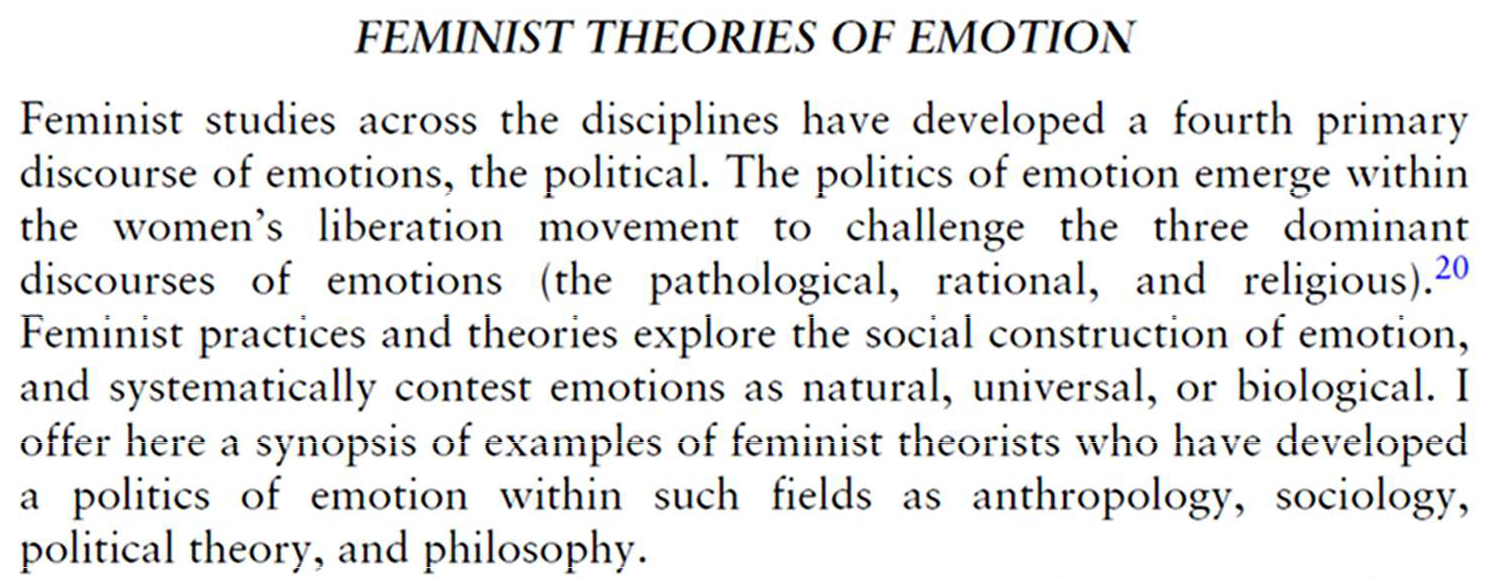



038

039

040

041
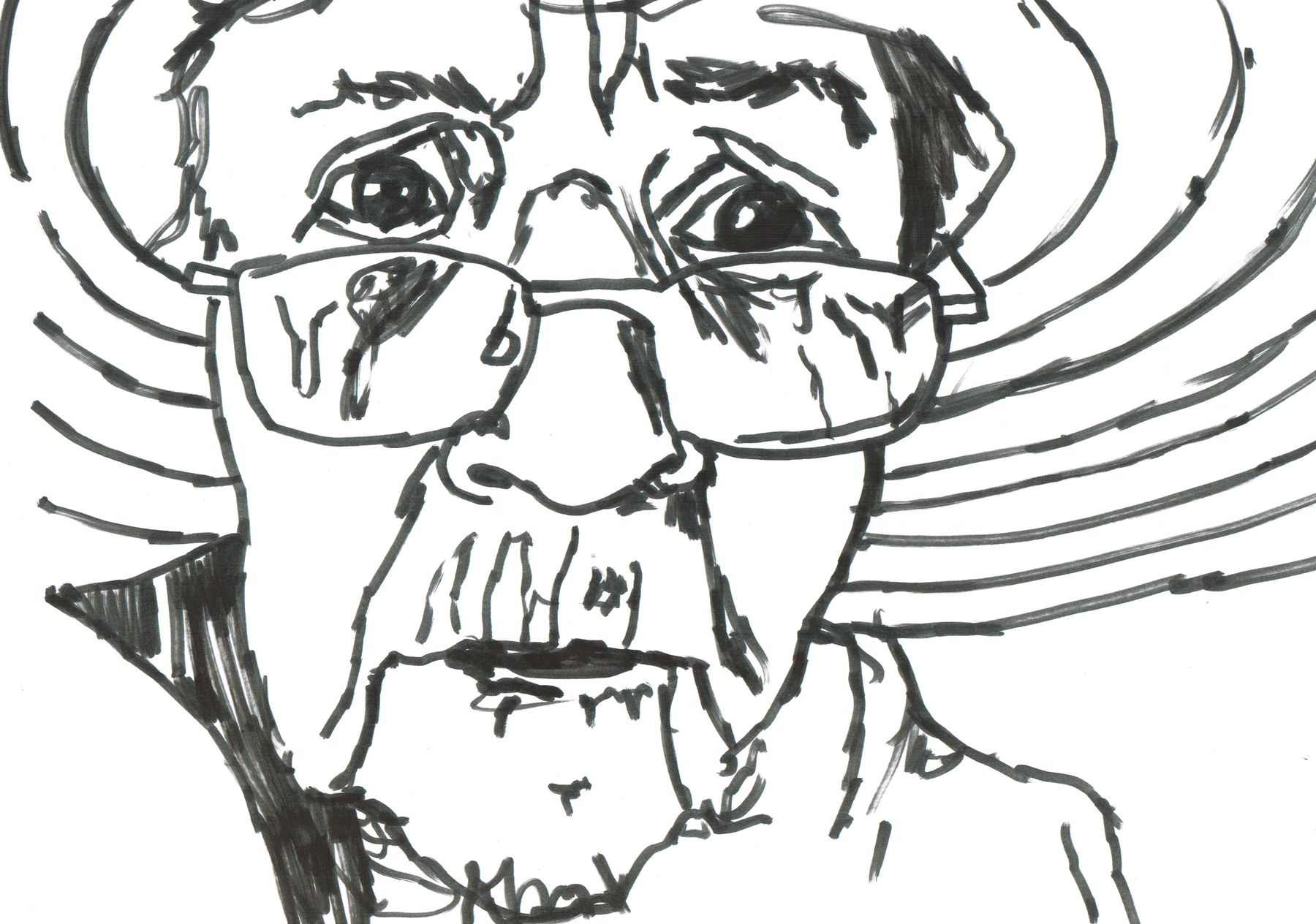
042
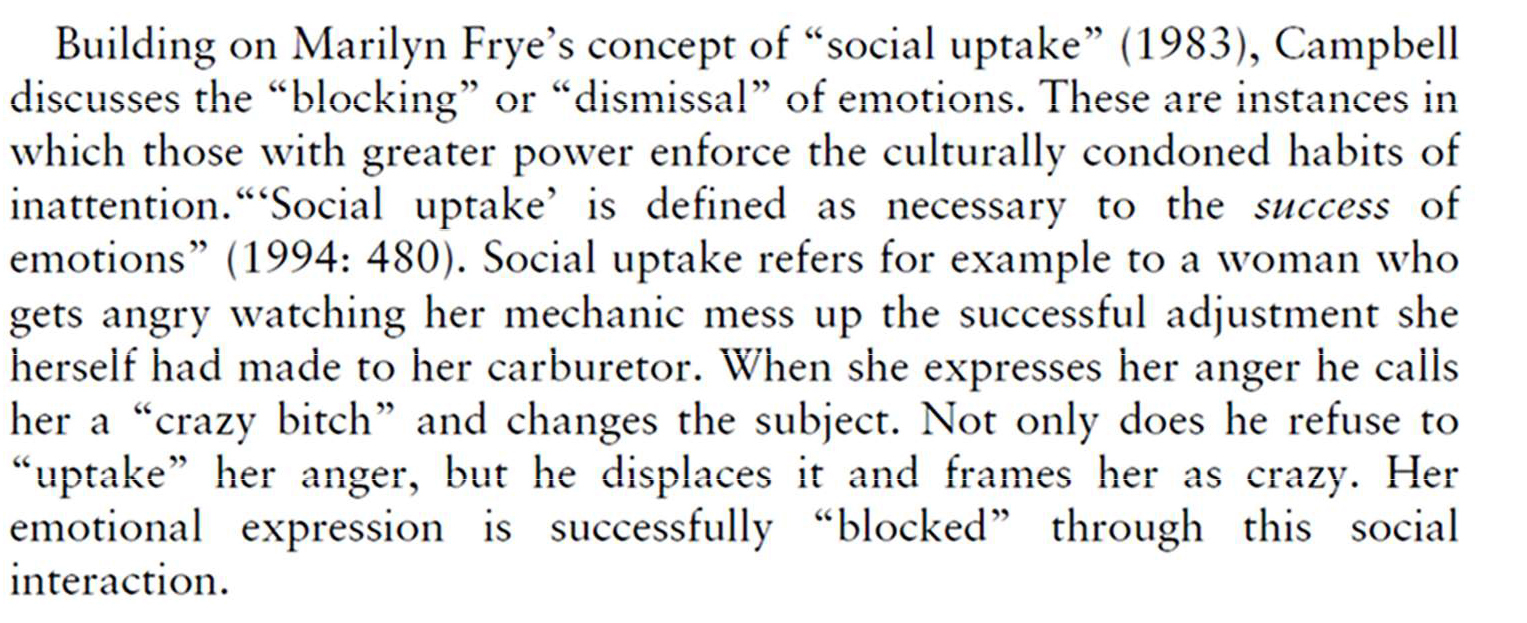
043

References
- Megan Boler, Feeling Power: Emotions and Education, 1999
- Sara Ahmed, The Cultural Politics of Emotion, 2004
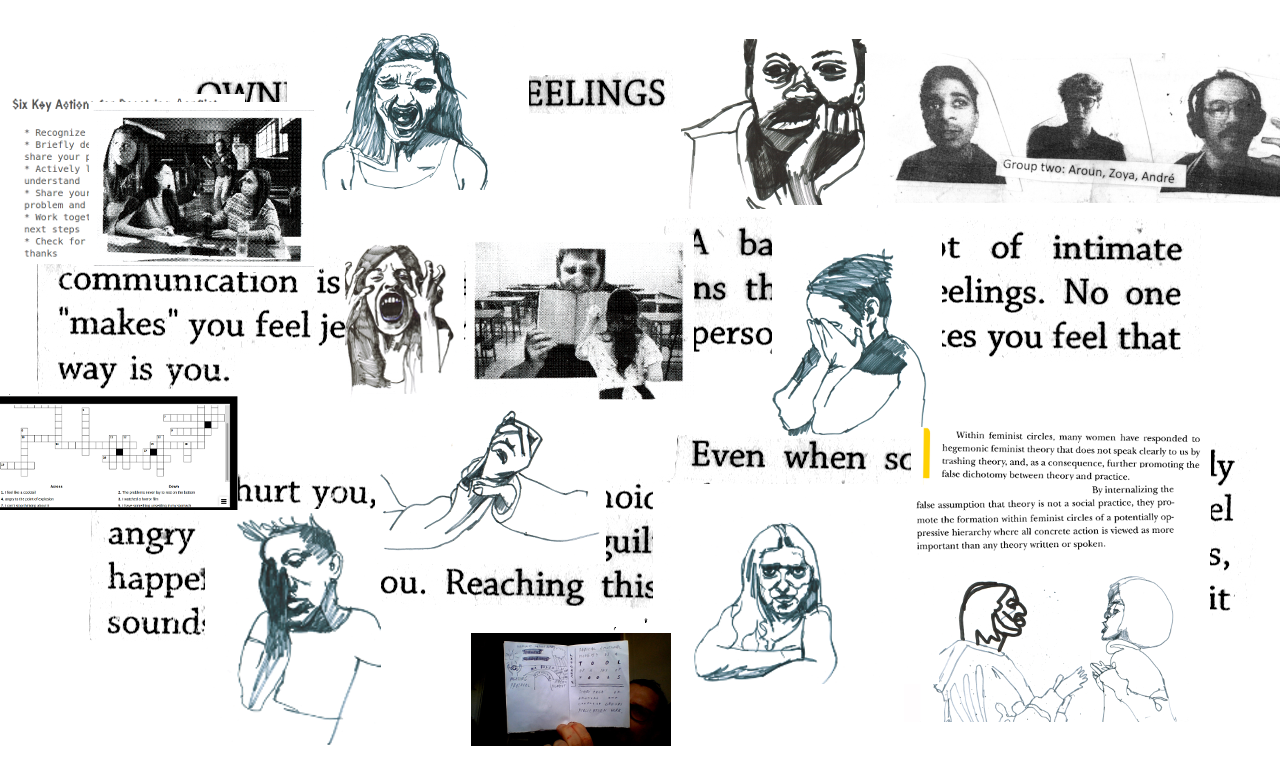 An invitation to meander through an inquiry on nonviolent communication, conflict resolution made of collages, drawings, references, readings and personal or collective experiences by Åke Sjöberg
An invitation to meander through an inquiry on nonviolent communication, conflict resolution made of collages, drawings, references, readings and personal or collective experiences by Åke Sjöberg
References and Workshops: Nonviolent Communication and Conflict Resolution
References and Workshops: Nonviolent Communication and Conflict Resolution
Diary: Radical Emotional Honesty as a Feminist Tool
Collage: NonViolent Communication, Conflict Resolution and Mediation
Samples: NonViolent Communication Crossword Puzzles
